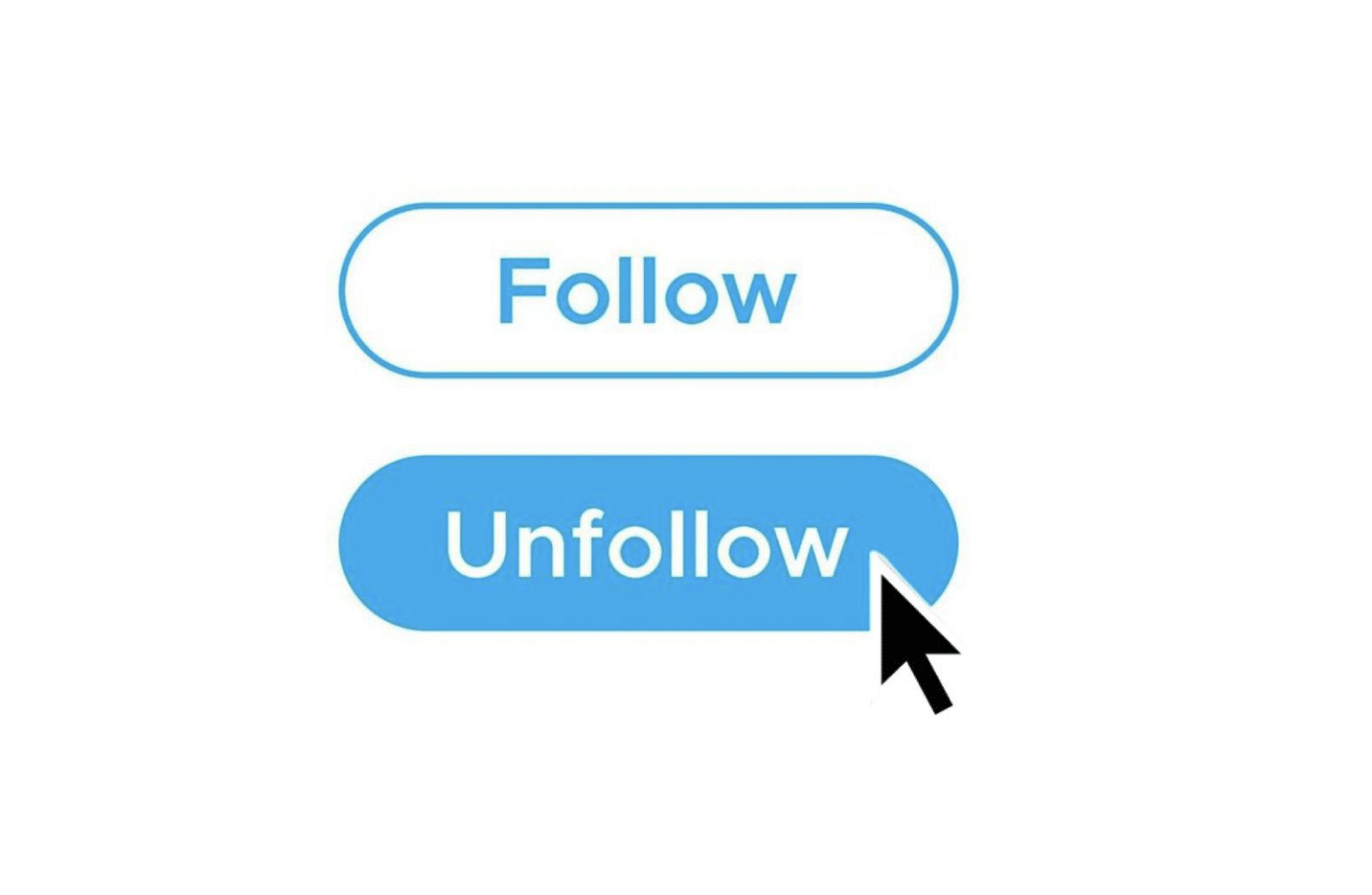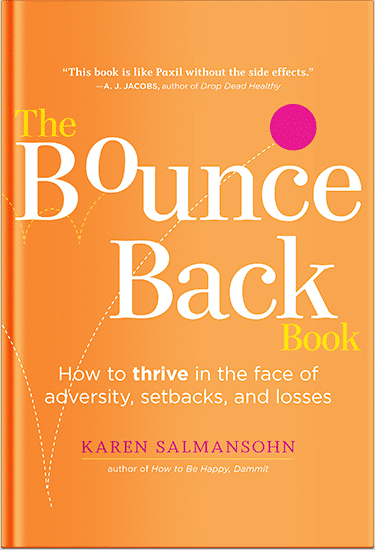 In today’s digital landscape, a designer’s portfolio is no longer confined to a static website. For digital agencies and brands, social media has evolved from a simple marketing channel to a primary community hub. Success on these platforms is measured not just by follower count, but by genuine engagement, which directly impacts brand reputation, client relationships, and ultimately, sales. However, this reliance on social platforms comes with a hidden challenge: follower attrition. A steady stream of unfollows can be a frustrating and confusing problem.
In today’s digital landscape, a designer’s portfolio is no longer confined to a static website. For digital agencies and brands, social media has evolved from a simple marketing channel to a primary community hub. Success on these platforms is measured not just by follower count, but by genuine engagement, which directly impacts brand reputation, client relationships, and ultimately, sales. However, this reliance on social platforms comes with a hidden challenge: follower attrition. A steady stream of unfollows can be a frustrating and confusing problem.
Understanding why your audience is leaving is a critical piece of the puzzle. This guide will explore the reasons behind the dreaded unfollow, review the tools available to monitor your community, and show how designers and brands can use this powerful data to refine their social media design strategy and build a community that stays for the long run.
Understanding the Signals: Why People Unfollow
An unfollow is a direct form of feedback. When someone leaves your community, they are sending a clear signal about a change in your content that they no longer find valuable. For designers and brands, these signals are often tied to visual and strategic choices:
- A Shift in Content Quality: Your audience follows you for your aesthetic and a high standard of visual quality. If you begin posting low-resolution images, inconsistent designs, or content that looks rushed, it can erode trust and lead to unfollows.
- Visual Inconsistency: A brand’s visual identity is its DNA. When a feed’s aesthetic becomes chaotic or disconnected, it can confuse followers who were attracted by a specific look or feel.
- Overly Promotional Content: While it’s essential to market your services or products, a feed dominated by sales pitches without any added value can be a major turn-off. Your audience wants inspiration and connection, not a constant sales funnel.
- Lack of Relevant Content: A digital agency that starts posting an excessive amount of personal, off-topic content may lose clients and followers who are interested in professional advice. Maintaining a consistent, relevant niche is crucial for audience retention.
By paying attention to these signals, you can pinpoint the moment a content decision backfired and use that knowledge to make more informed choices moving forward.
The Tools of the Trade: Tracking Unfollows
For designers and brands, a manual approach to tracking unfollows is simply not feasible. Fortunately, a variety of apps and services have emerged to help track Instagram unfollowers. Here are a few examples of the types of tools available, each with its own set of pros and cons:
- Followerlytics: This type of tool offers a comprehensive dashboard with detailed graphs and charts, showing daily follower gains and losses. Its main advantage is a visually appealing interface that makes data analysis feel intuitive. The downside is that it often requires full access to your account, which can be a security concern.
- AudiencePulse: A service like this might specialize in real-time data, providing instant notifications about who unfollowed you. Its benefit is immediacy, allowing you to react quickly. However, this real-time functionality often relies on constant API access, which can be unstable and, again, poses a security risk.
- CommunityGuard: These tools are often simple and no-frills, focusing on just one thing: providing a list of unfollowers. Their simplicity is a major plus, but they often lack the deeper analytical features that are crucial for brands looking to truly understand their audience dynamics.
While all of these apps serve a similar purpose, they vary significantly in their approach to data collection and security.
A Recommended Tool for Professionals: Unfollowers Tracker
Given the importance of account security for brands and designers, a different approach to analytics is highly valuable. This is where Unfollowers Tracker stands out. Unlike many apps that require your login credentials, this service operates by securely analyzing your own Instagram data archive. The process is simple: you download your archive directly from Instagram, upload it to the service, and it provides a clean, easy-to-read list of who has unfollowed you.
This method offers a powerful advantage for professionals. It eliminates the security risk of sharing your password with a third party, ensuring your brand’s account remains completely safe. For designers and digital agencies, this is a non-negotiable feature. The data-based approach provides accurate information that can be used to refine a brand’s visual identity, a key part of any social media design strategy. By using a privacy-first tool to understand follower churn, you can focus on what truly matters: improving your content and building a community without the fear of compromising your security.
How to Use Unfollow Data to Build Your Community
The data you get from tracking unfollows is not just for curiosity; it’s a powerful tool for growth. Here’s how designers and brands can use this information to their advantage:
- Refining Your Visual Identity: If a specific type of visual post—for instance, a graphic with a new font or color scheme—is consistently followed by a high number of unfollows, it’s a clear sign that your audience is not responding well to that change. You can use this feedback to pull back on that style or adjust your approach.
- A/B Testing Your Content: Unfollow data is excellent for A/B testing. For example, an agency could post two different styles of case studies—one minimalist and one with more complex visuals—and monitor the unfollow rate for each. This provides objective data on what resonates with the audience, helping them improve Instagram engagement and create more effective content.
- Optimizing Your Content Calendar: By cross-referencing unfollow data with your posting schedule, you might notice that a particular topic or a high frequency of posts leads to more unfollows. This information can help you find a content cadence that keeps your audience happy and engaged.
- Improving Audience Retention: Ultimately, unfollow data helps you understand what drives people away. By actively working on the areas of weakness it reveals—whether it’s too much promotional content or a weak visual direction—you can transform your strategy from a simple follower acquisition plan to a robust audience retention machine.
Conclusion
In the competitive world of social media, every interaction matters. For designers and brands, unfollow data is a critical form of feedback that can provide a strategic advantage. It’s not a sign of failure but a powerful tool to better understand your audience and refine your content. By choosing a reliable and secure service like a dedicated unfollowers tracker, you can gain the insights you need without compromising your security. Use this data as a compass to guide your social media design strategy, nurture your community, and build an online presence that is not only visually compelling but also deeply connected to your audience.
P.S. Before you zip off to your next Internet pit stop, check out these 2 game changers below - that could dramatically upscale your life.
1. Check Out My Book On Enjoying A Well-Lived Life: It’s called "Your To Die For Life: How to Maximize Joy and Minimize Regret Before Your Time Runs Out." Think of it as your life’s manual to cranking up the volume on joy, meaning, and connection. Learn more here.
2. Life Review Therapy - What if you could get a clear picture of where you are versus where you want to be, and find out exactly why you’re not there yet? That’s what Life Review Therapy is all about.. If you’re serious about transforming your life, let’s talk. Learn more HERE.
Think happier. Think calmer.
Think about subscribing for free weekly tools here.
No SPAM, ever! Read the Privacy Policy for more information.
One last step!
Please go to your inbox and click the confirmation link we just emailed you so you can start to get your free weekly NotSalmon Happiness Tools! Plus, you’ll immediately receive a chunklette of Karen’s bestselling Bounce Back Book!


 In today’s digital landscape, a designer’s portfolio is no longer confined to a static website. For digital agencies and brands, social media has evolved from a simple marketing channel to a primary community hub. Success on these platforms is measured not just by follower count, but by genuine engagement, which directly impacts brand reputation, client relationships, and ultimately, sales. However, this reliance on social platforms comes with a hidden challenge: follower attrition. A steady stream of unfollows can be a frustrating and confusing problem.
In today’s digital landscape, a designer’s portfolio is no longer confined to a static website. For digital agencies and brands, social media has evolved from a simple marketing channel to a primary community hub. Success on these platforms is measured not just by follower count, but by genuine engagement, which directly impacts brand reputation, client relationships, and ultimately, sales. However, this reliance on social platforms comes with a hidden challenge: follower attrition. A steady stream of unfollows can be a frustrating and confusing problem.